McQuaid: ASO only want to weaken the teams
Former president suggests Tour de France owners pushed UCI to reduce team sizes
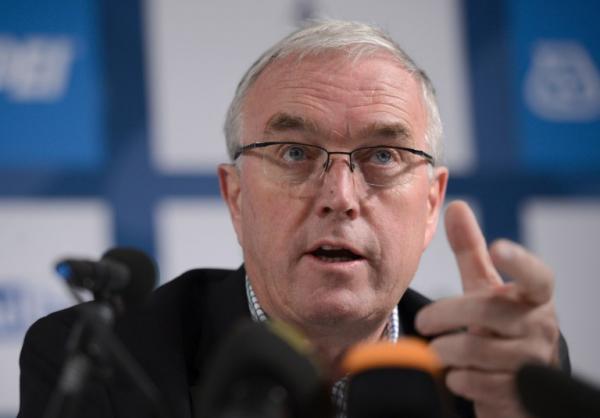
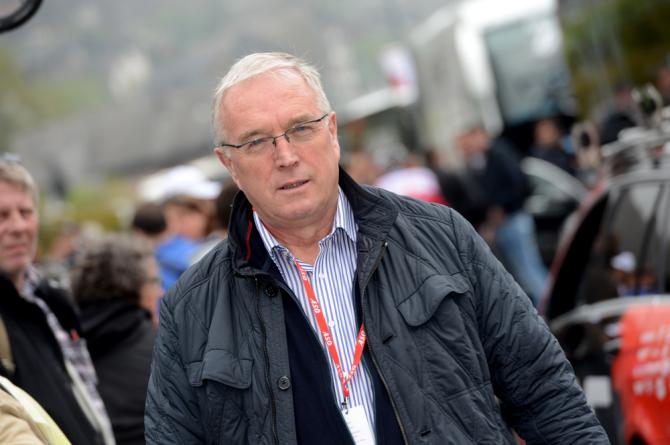
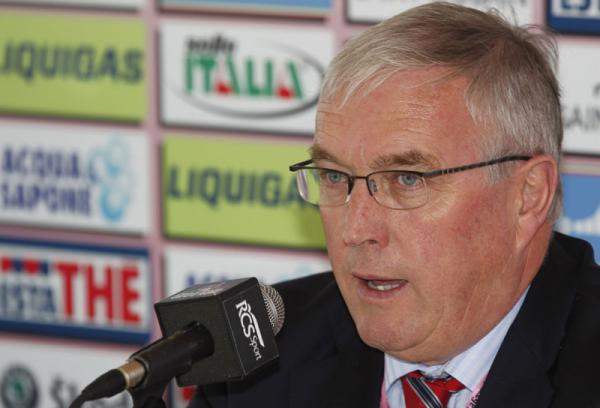
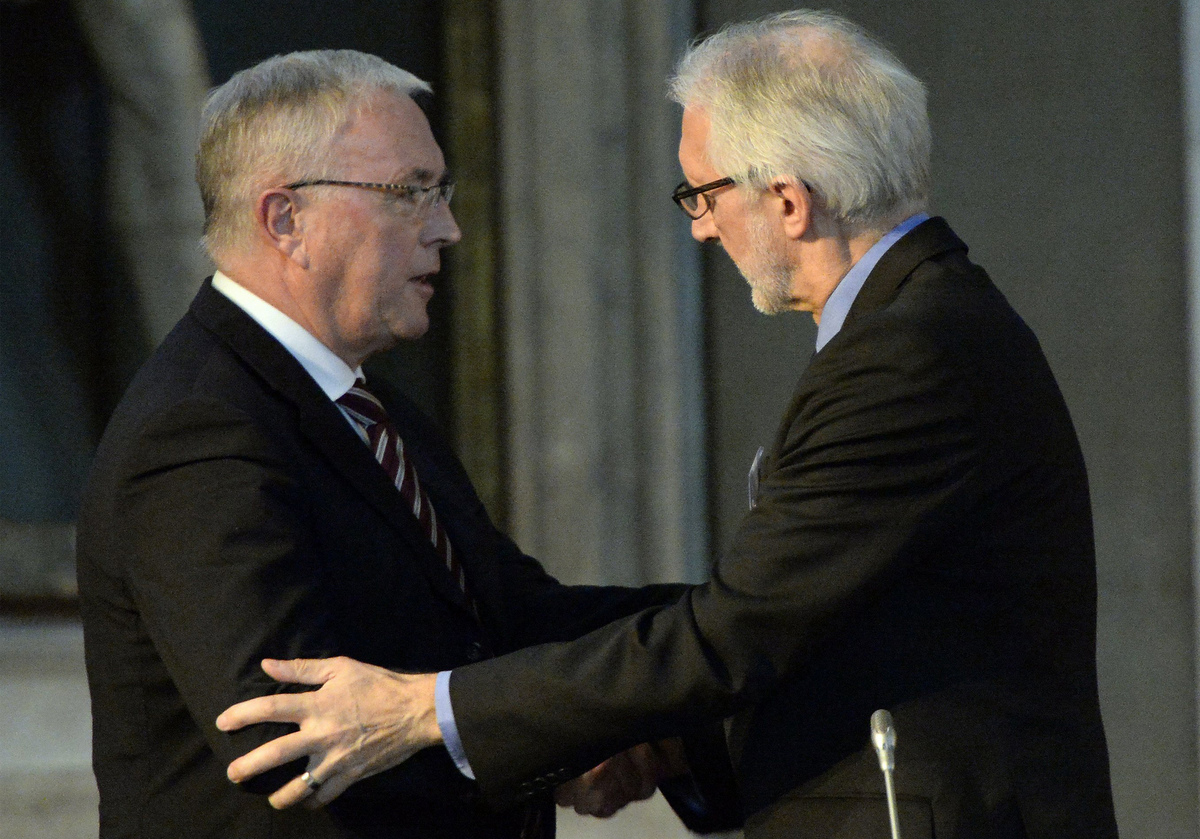
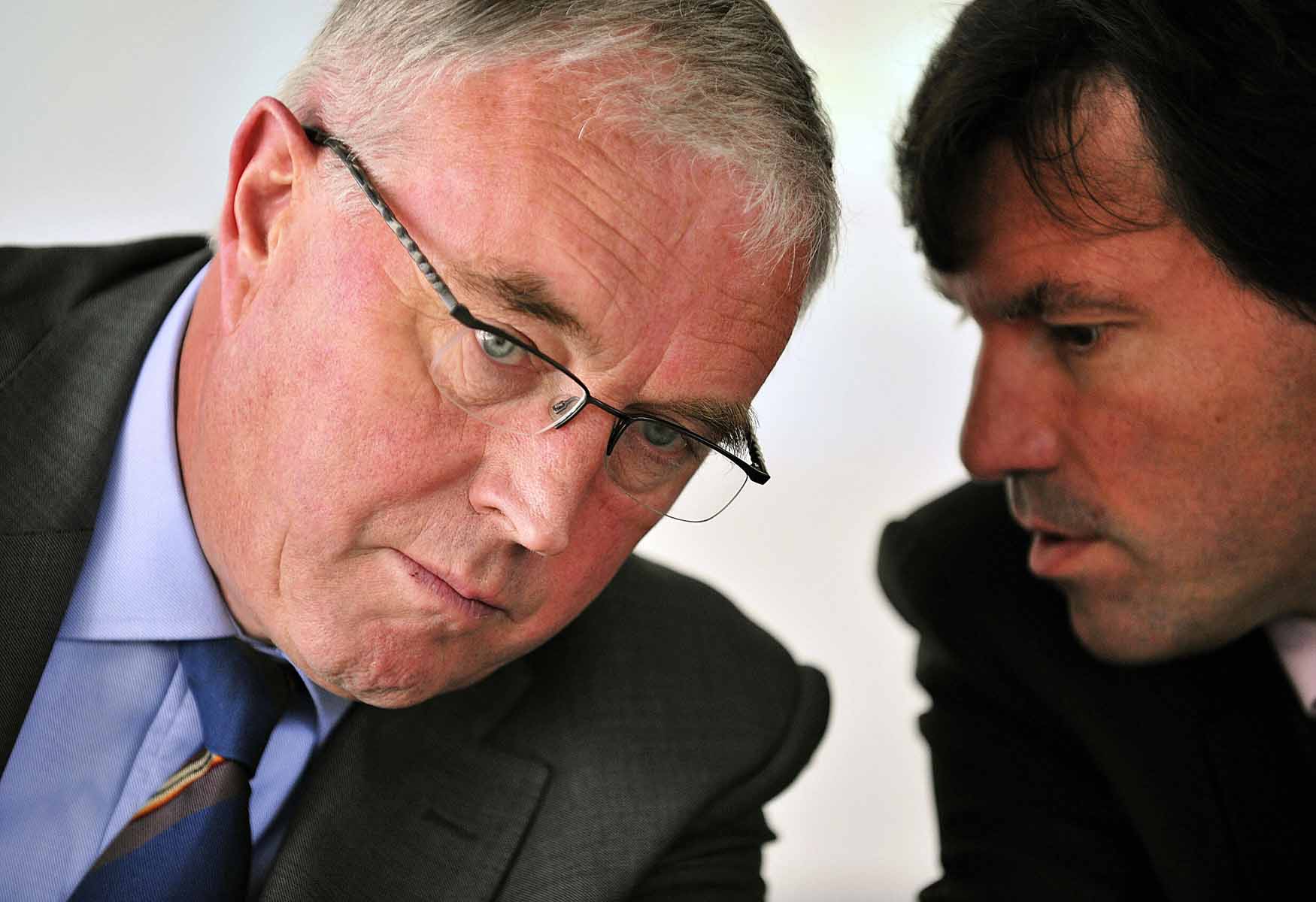
Former UCI president Pat McQuaid has agreed with CPA president Gianni Bugno's assertions that reducing teams for the Grand Tours from nine to eight riders in 2018 will not make racing safer. When asked about the move by the UCI to reduce team sizes, McQuaid called it a "backwards step for the sport", and suggested that Tour de France owners ASO championed the reduction in order to "weaken the teams".
Eneco Tour, Tour of Poland target of UCI team size experiment
Opinions split on reducing Tour de France team sizes
ASO, RCS Sport, Flanders Classics reduce team sizes for 2017 races
Trentin: Reducing team sizes is a backward step
Tour de France team sizes to remain the same in 2017
UCI approves reduced team sizes for 2018
CPA 'opposed in principle' to reduced team sizes
Bugno: Using safety as a reason to cut team sizes is bullshit
"Always in ASO's mind, this has always been the case, they've tried to keep the teams weak," McQuaid said. "They're afraid of the teams getting strong. They fear that sometime the teams will bind together and go for them. That's their greatest fear. Every little opportunity ASO can get to weaken the teams, they'll take it."
During McQuaid's first term as president of the UCI, he locked horns with the ASO over the then-ProTour's attempts to reform professional cycling. The battle came to a head in 2008 when the ASO put its foot down and refused to be a part of the series, even holding Paris-Nice and the Tour de France under the French federation, outside the aegis of the UCI, in part because the ASO objected to the UCI's rules requiring them to invite every ProTour team.
At the end of the 2008 season, McQuaid sat down with then-IOC president Jacques Rogge and the ASO owners to hammer out a peace deal that rescued the series, later reborn as the WorldTour.
In McQuaid's view, the ASO is still attempting to influence the sport's governance to protect its interests, and was the impetus behind reducing team sizes. Indeed, last year the Grand Tour organisers attempted to change their rules to reduce teams to eight riders until the UCI stepped in and informed them that it was not their place to set team sizes. The race organisers backed down, fielding full nine-rider teams this season, but in September – two days before David Lappartient won the election – the UCI approved the rules for the reduction despite the objection from the CPA.
The UCI began an experiment in the reduction of team sizes in 2013, doing trials at the Eneco Tour and Tour de Pologne and other events over the past four seasons before introducing the new rule. It is unclear that any there is any empirical data that suggests racing is safer with fewer riders, which is one of the reasons given for the new rules on team sizes.
"It won't be safer at all," McQuaid said. "I don't want to keep going on about the last administration, but the number of things that they've done which have damaged the sport were enormous. The whole disc brake thing - you talk about safety, that is definitely a danger to safety.
The latest race content, interviews, features, reviews and expert buying guides, direct to your inbox!
"170 riders in a bunch is no different than 200 riders. A crash happens in a race - it might happen in the front among two riders and 30 riders go down. The other 140 that are behind get around them," he said. "The instructions will still be coming over the radio saying, 'there's going to be a sharp left and there are going to be crosswinds, so get yourselves up to the front' - and every team is being told that. If all the teams are being told that, and they're all fighting to get to the front, whether there are 170 or 200 - they're all on a road that's 10m wide."
Nor will smaller teams make the races more open and break up the stranglehold big teams like Sky have had on the major races. McQuaid said that the reduced teams experiment in the Eneco Tour and Tour de Pologne "didn't produce any strong arguments to propose that it be the standard".
"ASO can try to justify all sorts of reasons why it will make racing better and so on. It's not true. The number of riders is not going to change the racing. You can change the courses, the length [of the stages], and change the racing alright. But not the number of riders.
"They want to keep plugging away and plugging away every little bit to weaken the teams."
The consequence of the rule change is that many of the WorldTour teams have dropped from 29 or 30 riders down to 25 or 26, shrinking the job market for riders and staff.
"It means that all of the teams are dropping the number of riders. That is a backwards step for the sport," McQuaid said."

Laura Weislo has been with Cyclingnews since 2006 after making a switch from a career in science. As Managing Editor, she coordinates coverage for North American events and global news. As former elite-level road racer who dabbled in cyclo-cross and track, Laura has a passion for all three disciplines. When not working she likes to go camping and explore lesser traveled roads, paths and gravel tracks. Laura specialises in covering doping, anti-doping, UCI governance and performing data analysis.
